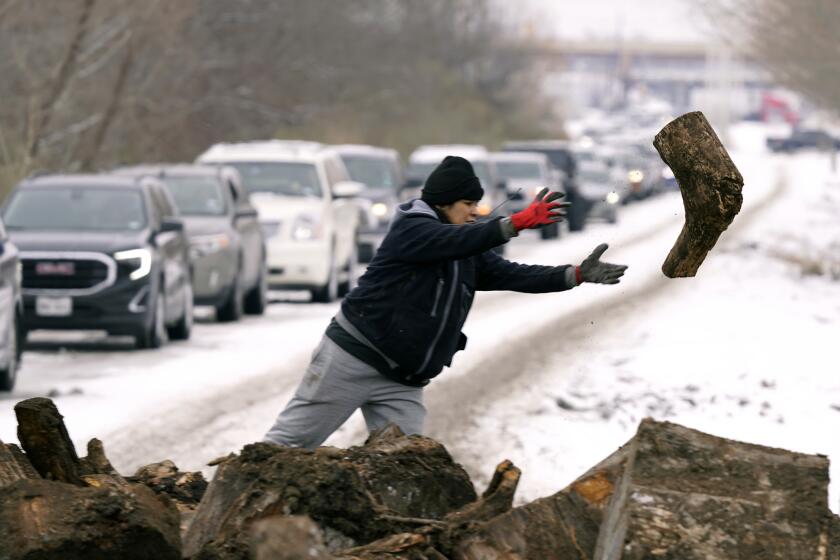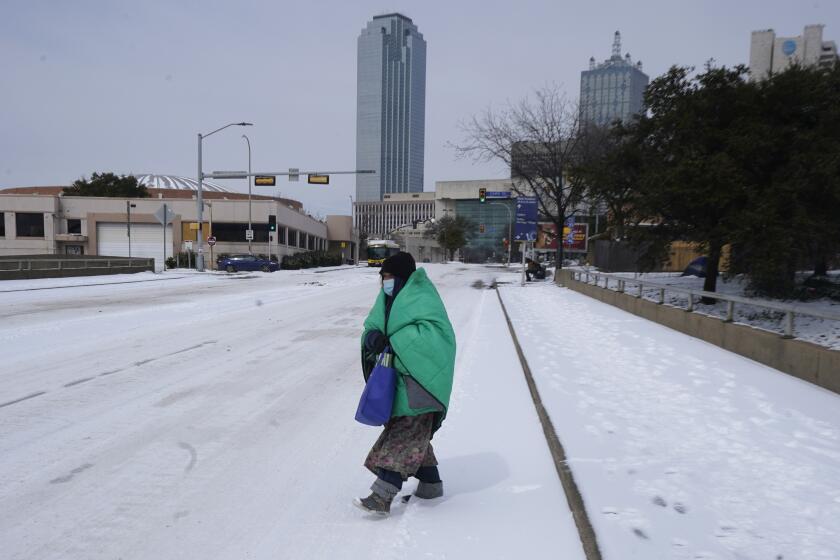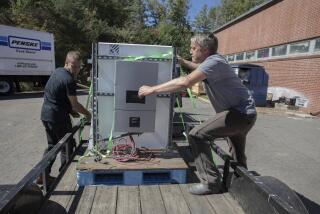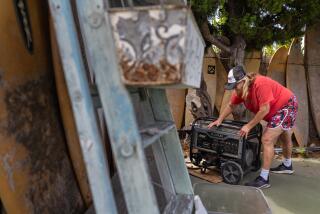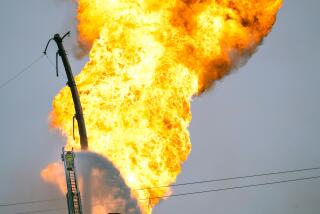How a winter storm walloped my Texas
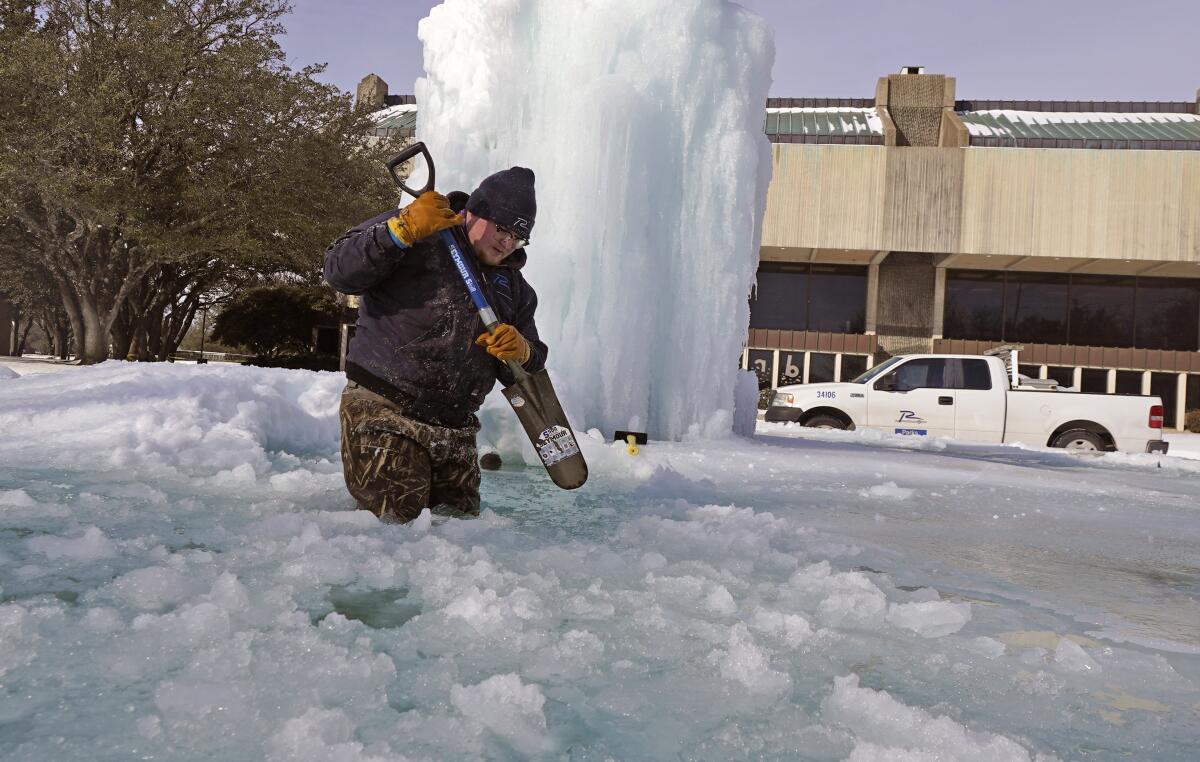
HOUSTON — During the decade I’ve lived in Texas, I’ve become accustomed to extreme weather. I’ve covered hurricanes, floods, droughts, tornadoes and wildfires. I’ve worked through snow in Houston, hail even, filing stories from my car. I bought an all-wheel-drive SUV, stockpiled disaster supplies, created contingency plans in case we lost water, electricity and cellphone service.
I’m far from a prepper — the doomsday folks who build solar-fueled bunkers to live off the grid and stock them with enough food to survive for months. But I have learned from their post-apocalyptic websites. My husband, an eternal optimist from Texas, calls me a worst-case-scenario thinker.
But the winter storm and associated power outages that paralyzed Texas and a wide swath of the country this week exceeded even my worst expectations.
We live in central Houston’s Third Ward, where we and our neighbors prepared. The county’s chief executive had warned it could be as bad as a Category 5 hurricane, and many of us who survived Hurricane Harvey in 2017 — a Category 4 — knew what that meant.
We stocked up on staples, filled bathtubs with water and shared texts with neighbors as they gassed up generators and moved cars from under tree limbs that might break. And we went further than hurricane prep, wrapping water pipes with added insulation because, unlike the Northeast, where I’m from, many Texas pipes can ice up and burst if temperatures dip below freezing.
Officials told us to expect rolling power outages, so when we first lost power in our area Monday morning, no one panicked. We pulled out candles, flashlights, head lamps, and battery- and solar-powered radios. Our gas stovetop still worked, and if worse came to worst, in true Texas style, we could grill barbecued chicken my husband had frozen. As our next-door neighbor’s generator hummed, we stuck a cooler in the backyard to store the contents of our refrigerator. My husband brought a spare can opener, cooler, flashlights, rock salt for the sidewalk, two buckets of water and a portable charging station to an elderly neighbor across the street. We all settled in to essentially camp in our houses.
As temperatures dipped, the blackouts persisted. My husband fretted over the pipes, stuck thermometers in the attic and garage and kept checking them. Late Monday, he shut off the water to prevent the pipes from bursting. When I awoke Tuesday wearing three coats, a wool sweater and long underwear, it was so cold I could see my breath. Our two schnauzers shivered even after we wrapped them in blankets. My father in South Florida called to check on me and apologize for enjoying 80-degree weather in one of the few states spared by the polar vortex. My sister texted to say my 7-year-old niece in Minneapolis, where they’re accustomed to subzero temperatures, wanted to send me a blanket.
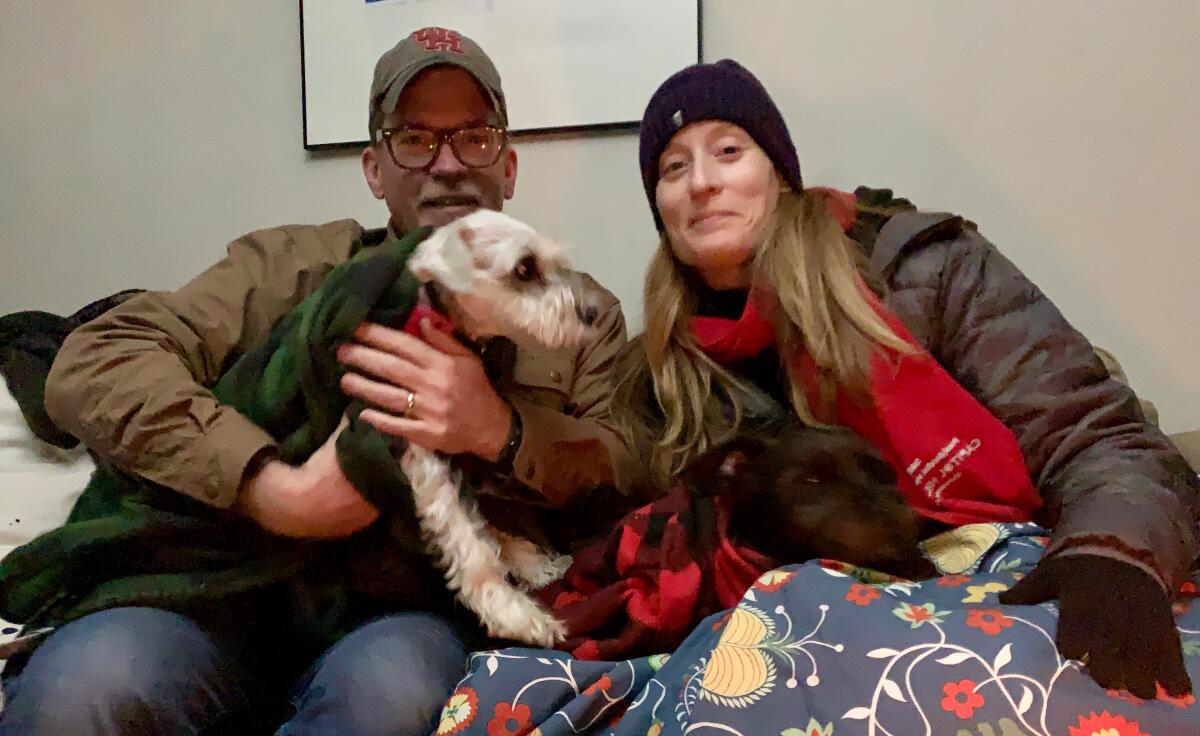
Texas is full of bizarre sights this week. As we hunkered down, I saw photos posted on Twitter of icicles on ceiling fans and taps inside Texas homes, of Galveston beaches and palm trees blanketed with snow. Relatives in the Dallas suburbs sent a video of my nephew throwing snowballs. I scrolled through photos of volunteers rescuing thousands of cold-stunned sea turtles — including endangered Kemp’s ridley turtles — in their cars on South Padre Island.
We could have moved to a hotel. But I’d seen people post on Twitter that they’d done that only to lose power there, too. I had friends who moved several times, apartment-hopping as outages spread. Even some of the Houston warming shelters had to close after losing power. Our Texas relatives were all in similar straits.
My mother and her wife, in the Houston suburbs, had lost water, then power as I was talking to them on the phone. Moments later, my mom’s cellphone cut out. (I called her back, and she’s fine, although still without power late Wednesday.) My in-laws in rural east Texas also lost power, as did a cousin at Texas A&M and relatives in the Rio Grande Valley. My sister-in-law’s family in the Dallas suburbs still had power but were snowed in. Cellphone service started to get spotty everywhere.
Another storm front is blowing through the nation’s midsection, where power grids struggle amid the wild weather swings that come with climate change.
We considered crashing with relatives. My parents had their first COVID-19 vaccines, but I still worried about giving them the virus, since I had just traveled to the border last week for work. So we decided to stay put.
Our next-door neighbor let us use her generator to charge my laptop. We plugged an inverter into our car cigarette lighter to recharge our phones and run the coffee grinder. We used our gas range to make chili the Texas way, without beans. We felt lucky to have our neighbors, our shelter and our health.
We could hear a steady stream of sirens heading toward nearby Texas Medical Center. In Houston alone, hundreds of people have been hospitalized with storm-related illnesses. At least 20 have died nationwide, including two in Houston who were found outside during the storm. I talked by phone to a single mom worried she might have to feed her son cat food, a father whose pipes burst and ruined his stove, and a man evicted before the storm who was staying at a friend’s place without heat.
At about 3 a.m. Wednesday, my husband awoke to see a neighbor’s front porch light was on. We had power! For the next few hours, as the house warmed to a toasty 70 degrees and the dogs emerged from their blankets, we took advantage of what we assumed would be a brief reprieve to make a cappuccino, charge our devices and back up batteries. We also tried not to plug too much else in, hoping to conserve for those still without power. By then, Houston — like many other storm-struck cities — was advising people to boil tap water, so we didn’t bother turning our water back on. And sure enough, within a couple of hours, the power went out again.
Extreme weather events are becoming more frequent and more severe as the planet heats up.
As I write this Wednesday night, Texas leaders have offered no timeline for when these outages will end. We’re still without power and water. My husband’s on the phone with his parents out in the country, brainstorming ways they can stay warm. The dogs are back under their blankets, flashlights and candles on the tables. The neighbor’s generator is humming again, and I’m about to go ask if I can recharge my laptop, which is down to 15% power. And I still hear sirens.
More to Read
Sign up for Essential California
The most important California stories and recommendations in your inbox every morning.
You may occasionally receive promotional content from the Los Angeles Times.

